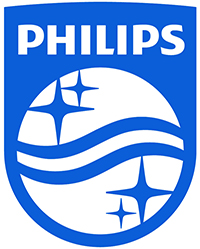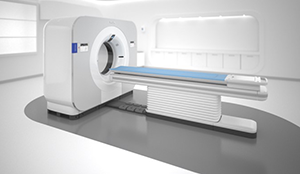
| Pediatric to Bariatric Imaging: Managing their unique complexities with Spectral-Detector CT |
|
This is an Expert Forum Webinar with Dr. Dianna Bardo and Dr. Gopal Punjabi who will share their experience utilizing Spectral-Detector CT and its clinical support tools to overcome the unique complexities and challenges that come when imaging pediatric and bariatric patients. They will discuss their path in introducing this technology to their departments, and give examples of how it has helped them overcome imaging and diagnostic challenges with these unique patient types such as reducing contrast and radiation dose, eliminate repeat scans, subsequent imaging and follow up scans, optimize and standardize workflow, and enhance patient and staff experience. Join us and learn how you can apply similar results to your own departments.
| Register Now |
 |
 |
Phoenix Children's Hospital Arizona
Dr. Dianna M. E. Bardo is a Professor of Radiology and Child Health at the University of Arizona College of Medicine and Associate Professor of Radiology at The Mayo Clinic. Her main areas of clinical and research interest are congenital heart disease, neurodevelopment in children with congenital heart disease, as well as 3D and other image processing techniques.
Gopal Punjabi, MD
Chair, Department of Radiology, Hennepin Healthcare Minneapolis MN
Dr. Gopal Punjabi is currently a Radiology Chair at Hennepin Healthcare and has a broad experience in diagnostic radiology and nuclear medicine. His primary clinical focus is on thoraco-abdominal and cardiac imaging. He has pioneered the introduction of advanced imaging modalities at Hennepin County Medical Center including PET, CT Urograms, CT/MR Enterography, CT Angiography, Cardiac CT/MR, CT lung screening, and liver elastography.
 |
- Spectral results 100% of the time makes each scan work harder for you, helping guide the way to precision diagnosis.
- Simplified workflow helps you to achieve a confident diagnosis.
- Reduces time to diagnosis by 34% and follow up scans by 25%. *
- Sets the new standard in cardiac care, emergency radiology, oncology, and interventional and radiation oncology.
- Increases the sensitivity from 77 to 89%, and Specificity for exclusion of the malignancy of the cysts from 30 to 96%, while simultaneously reducing the need for additional follow-up imaging. **
- 50keV Spectral images provide a 50% reduction in contrast dose. ***
 |
The Spectral CT 7500 is the latest innovation in Philips Spectral-Detector technology which features an 80cm bore, 8cm detector, dual gantry touch-panel control, a high performance patient table, and spectral results 100% of the time. To learn more click here.
Sources:
* Spectral Detector CT: A Study Among Patients with Renal Insufficiency - CARTI.
** Impact of spectral body imaging in patients suspected for occult cancer: a prospective study of 503 patients | SpringerLink.
*** https://www.birpublications.org/doi/10.1259/bjr.20170290